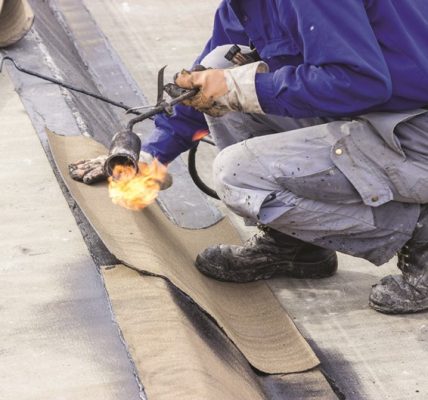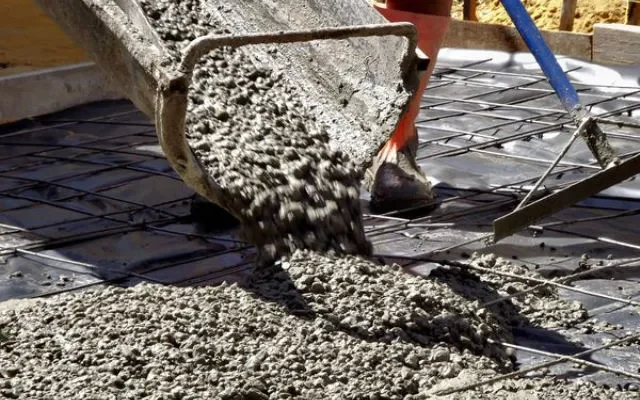Precision Steel Fabrication Enhancing Structural Integrity For Complex Architectural Designs
Architectural designs have advanced the frontiers of imagination by becoming sophisticated and complicated buildings. Realizing these complex ideas depends on incredibly precise steel manufacture. Since steel fabrication provides strong, robust, and adaptable components that promise structural integrity, modern architectural projects depend significantly on it. From sophisticated support systems to curved facades, the precise use of steel has enabled engineers and designers to fulfill their most ambitious concepts.
The Role of Steel Fabrication in Architecture
Popular building material with long-standing strength and endurance is steel. Still, precision steel manufacturing has revolutionized architectural design with steel. Unlike traditional building methods, in which steel products were generally large and heavy, today’s manufacturing techniques enable highly customized, accurate, and complex steel pieces to be manufactured. This degree of perfection ensures that every element properly complements the greater architecture, therefore keeping both functional strength and aesthetic worth. Whether the design of the structure requests delicate curves or complex angles, correct measurements allow steel beams and supports to be produced to meet the specific requirements of the construction. This guarantees that the construction can withstand over time external loads and stresses as well as enhance its general appearance.

Customized Components for Complex Structures
One of the key advantages of steel fabrication is its capacity to create unique components for complex architectural projects. Modern technologies like CNC (computer numerical control) machines and laser cutting let steel be created with remarkable accuracy, therefore facilitating the manufacturing of quite complex and distinctive objects. Modern architecture designs notably depend on this since occasionally non-standard forms and shapes are required. For large-scale urban projects or unique building faces, for instance, traditional building methods could not be enough to generate the desired impact. By way of steel fabrication, designers can readily include curved steel panels, custom stairs, and sophisticated support systems in their works. The ability to create these special parts ensures that the construction remains structurally sound and capable of bearing the weight and pressure it will encounter, therefore increasing creative options.
Ensuring Structural Integrity and Safety
Apart from its appearance, structural integrity and safety assurance are steel construction’s main contributions to architectural design. Precision manufacture guarantees perfect alignment of every joint, beam, and support, therefore reducing the likelihood of structural difficulties coming from insufficient fitting. This careful attention to detail is what keeps a structure long-term stable. Steel is a great material for bulky and intricate projects, including bridges, commercial buildings, and multistory building, because of its natural strength; it can thus carry great loads. By using steel fabrication techniques, architects and engineers may build robust, safe, and secure buildings capable of withstanding a range of environmental and structural restrictions. This process guarantees a flawless fit between all components, ensuring the general lifetime and safety of the construction.
At last, accurate steel construction is absolutely vital for current architectural design. It allows one to create custom steel parts that meet the specific needs of demanding projects, therefore enhancing the strength and beauty of buildings. As these concepts keep straining the limits of inventiveness, the use of steel fabrication in supporting and enhancing architectural ideas will only grow more crucial.

































